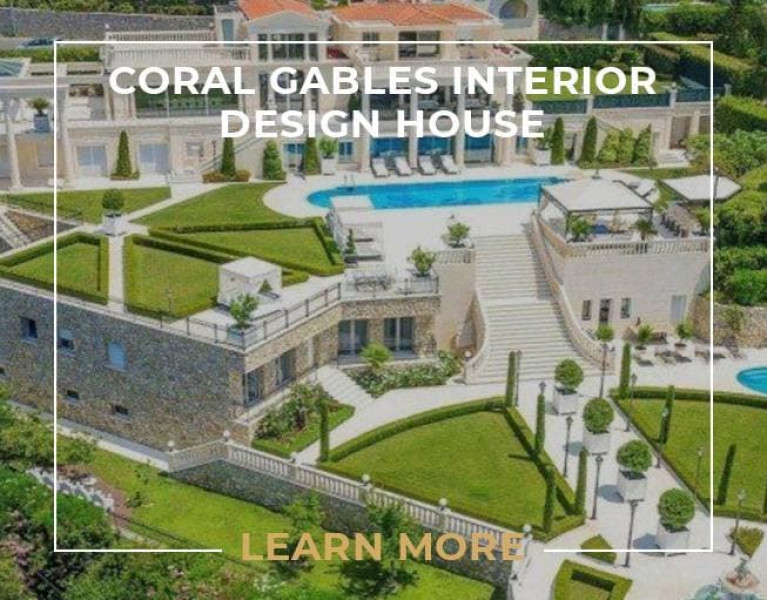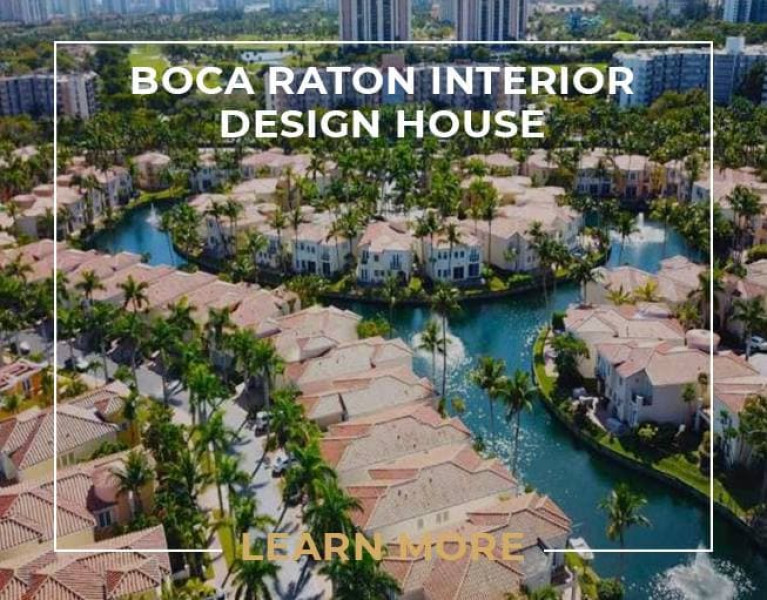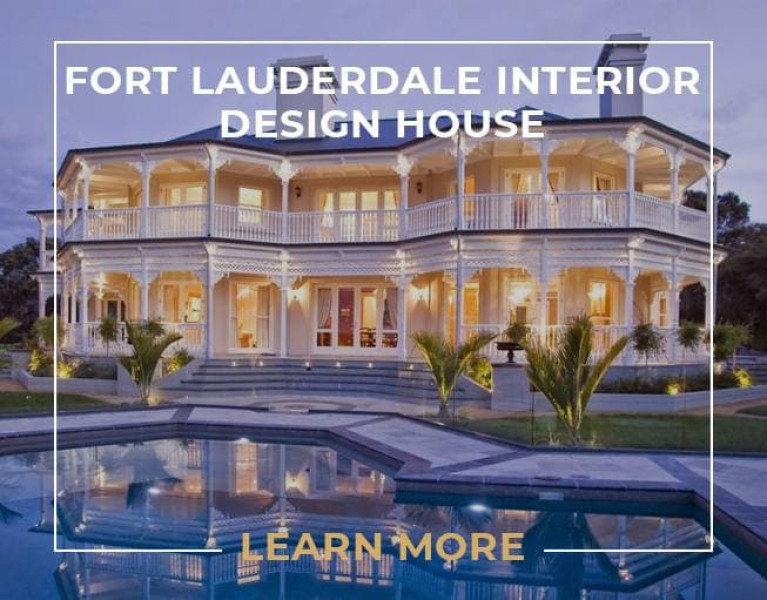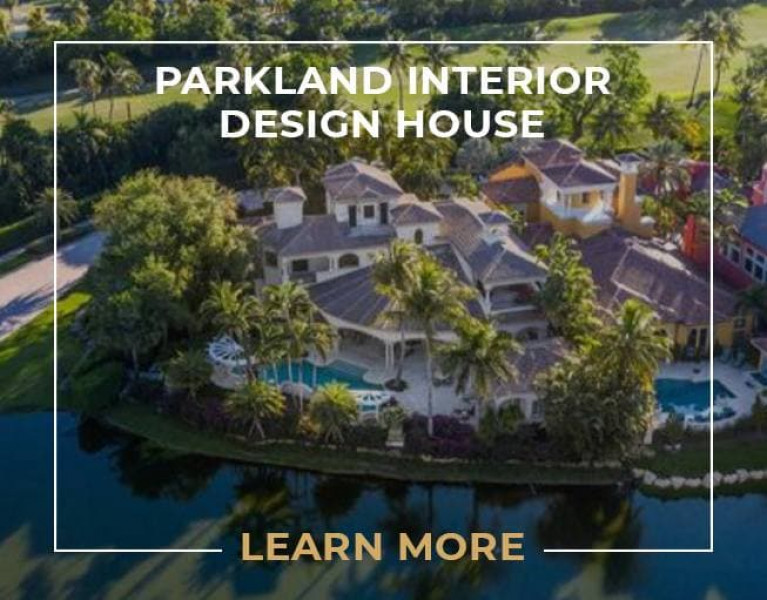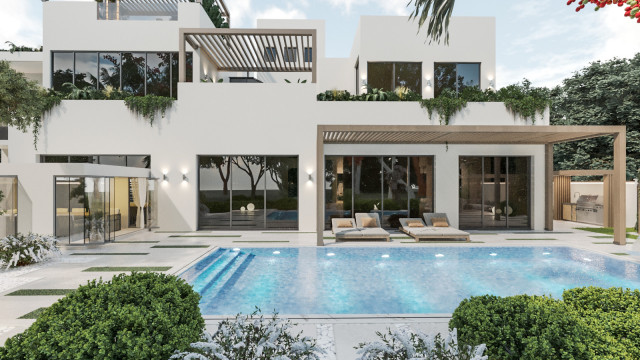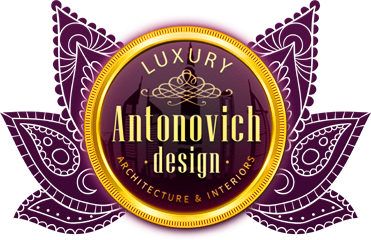TOP QUALITIES OF A GOOD AND PROFESSIONAL INTERIOR DESIGNER
Interior designers use their understanding of aesthetics, function, and safety to improve the appearance of spaces in both residential and business settings. Interior designers frequently collaborate in teams or one-on-one with customers, vendors, and contractors. Because of this, a designer needs to be able to deal with many personality types, be a good listener, and communicate effectively. When there is disagreement, a designer may need to serve as a negotiator or mediator to assist find a solution. They may also need to be able to explain to clients why their ideas would not be practical or secure. The realm of professional interior design is one that inevitably involves deadlines. A designer may be required by customers to fulfill specified deadlines, or she may set her own deadline in order to move on to new clients. Project management abilities are crucial for keeping order and achieving deadlines when an interior designer is working on many projects at once. A top interior designer who has her own firm may also need to promote herself to potential customers while working on other projects and keeping cordial connections with everyone involved.
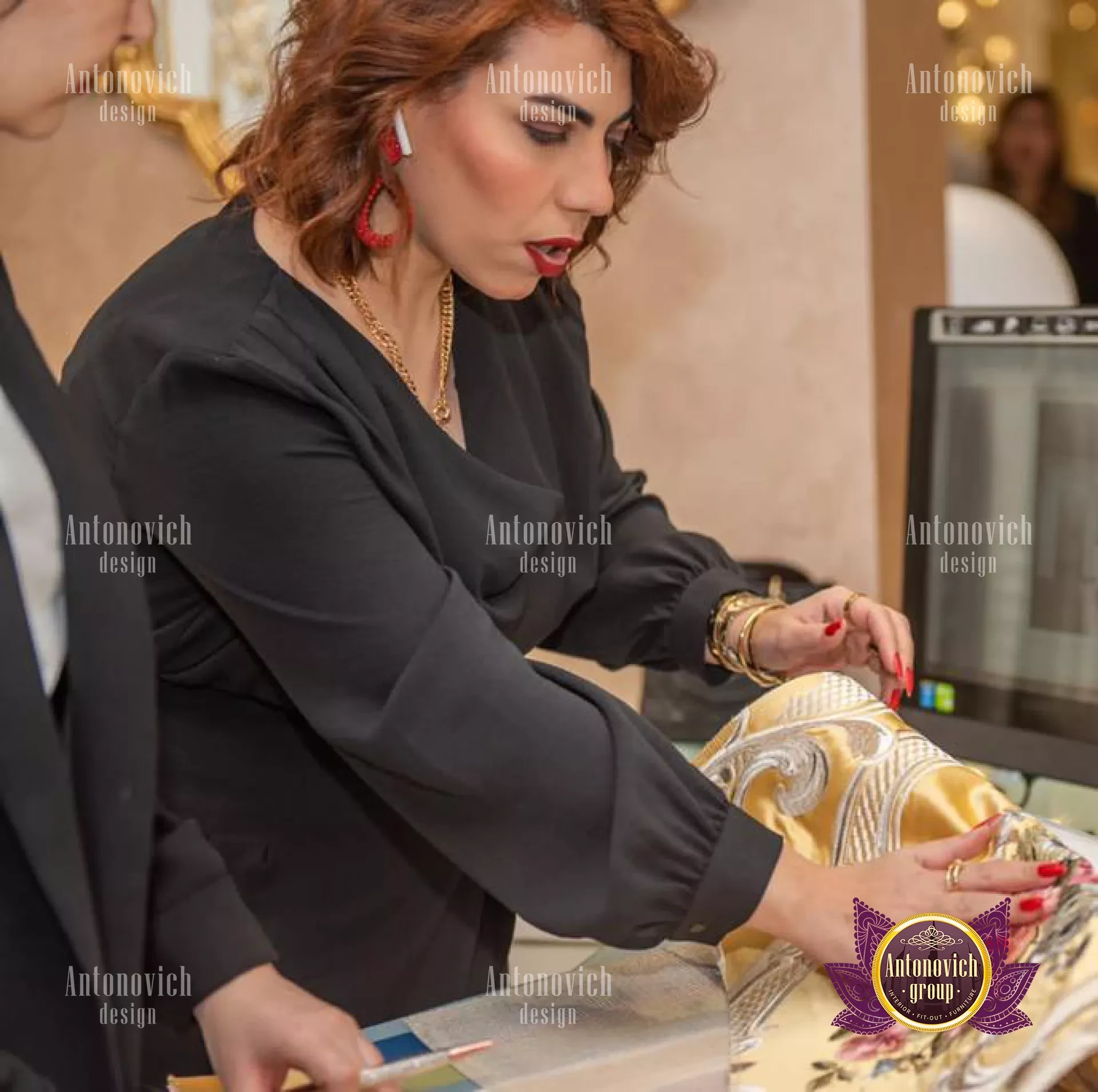
The ability to create a place to meet a client's wants is one of a designer's most important skills. In order for a customer to understand the interior designer's ideas, the interior designer must also be able to visually represent his concept using sketches, computer-aided design tools, or scaled models. Interior designers need to understand how to use furnishings, textiles, lighting, colors, and other materials in an artistic way to get the desired style and feel. For their ideas to be as safe as possible, they must also study blueprints and be familiar with local construction regulations. They bear in mind how to raise the house's resale value. The modifications a designer makes throughout the remodeling are sufficient to raise a home's resale value. However, that does not imply that a designer would change the rooms without considering your needs and instead, what a potential buyer could want. A professional interior designer will always charge you the most for the worth of the family home.

Recognizing important components that go into the design story while recognizing beauty. The environment we live in is full of excellent instances of design, workmanship, and inspirational moments. We think that the most pleasant aspect of interior design is drawing details and inspiration from our surroundings, like picking out an old object and modernizing it for contemporary usage. One of the foundational principles of luxury interior design is a feeling of place and respect for the built environment. Interior design should reflect its surroundings and flow naturally from the architecture it is surrounded by. The best projects I've worked on are those where interior design and architecture seamlessly converge, from floor transitions to aesthetically pleasing material palettes, all the way to a fantastic outcome, where people don't talk about it as a space but rather as an experience that has left a memory. Fundamental to interior design is the study of scale and the pursuit of appropriate proportions. Grandeur, luxury, and intimacy are all abstract concepts that take shape depending on the scale we choose or the materials we decide to use. A place seems open and airy when its ceilings are high. To feel cozy and at home, we need to be human-size. The choices that interior designers make when it comes to scaling are crucial for the final product. Large floorboards from mature oak trees, where you can "read" grain, are more luxurious than thin strips of wood on a floor, for example. A wall of large book-matched slabs of a veiny stone is always grander than regular tiles.



